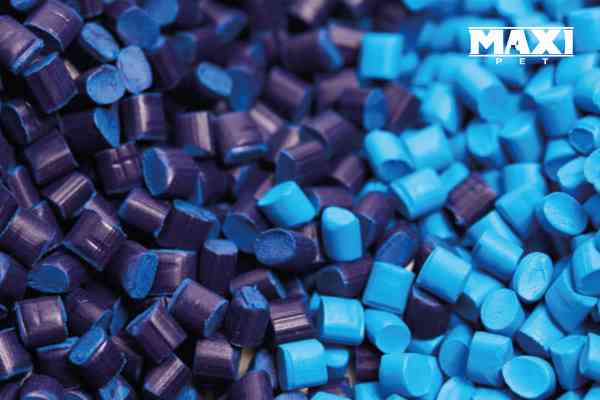Characteristics of polypropylene

Polypropylene is within the category of thermoplastics, that is, it melts when it is at high temperatures, but at room temperature, it is relatively rigid, which means that it can take almost any shape, this process can be carried out infinitely. of times, without losing properties.
Polypropylene comes from oil, exactly from the polymerization of propylene, a gas that is obtained during its refining. Its chemical structure is composed of a carbon chain linked together and is accompanied by methyl groups (CH3).
The qualities of this will change according to the order that the methyls occupy, the more linear the chain, the more crystalline and resistant it will be, it is generally the type of polypropylene that is used for the production of multiple products, it is also called isotactic PP. Another advantage of this resin is that it is light, electrically insulating, resistant to humidity, and impact, and has high chemical and mechanical resistance.
What are the characteristics of polypropylene isotactic?
It is a polymer with a lower density than high and low-density polyethylene, this ranges between 0.9 g/cm³ and 0.91 g/cm³, its softening occurs at very high temperatures, around 160 degrees centigrade, and it supports perfect environmental stress cracking, also known as stress cracking. On the other hand, it is crystalline and elastic, but they are more likely to oxidize, so the use of antioxidants is recommended in its treatment.
What applications does polypropylene have?
It turns out that it is one of the most widely used resins in all types of industries, due to its versatility, it is used in automotive applications, the manufacture of plastic sheets or films of this material, the production of household items, accessories, and of course to make containers. and packaging for various industries. In our case we integrate it in the elaboration of several of our caps, it is an incredible option thanks to its resistance and price.



